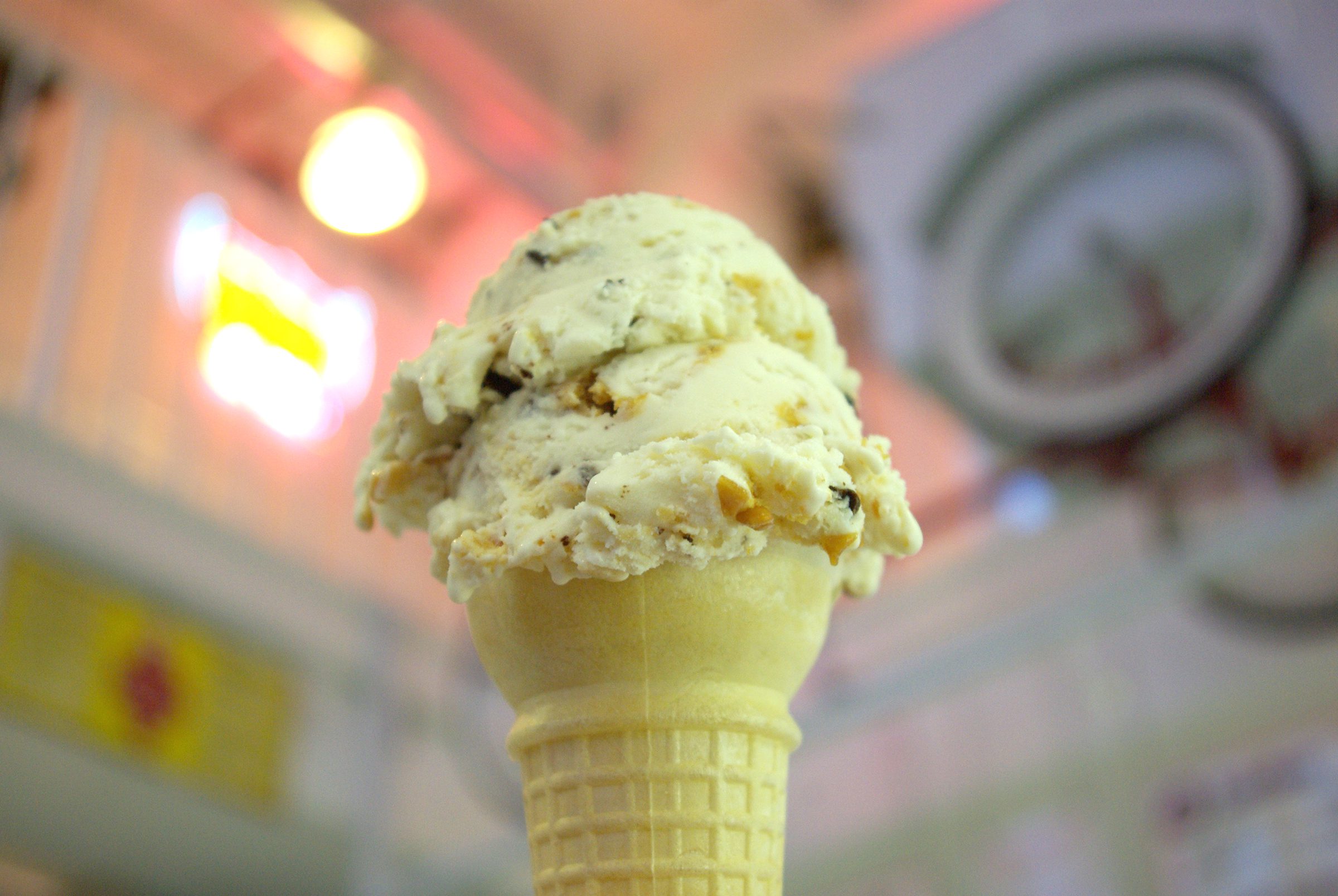Creek Check: Exploring the Backwoods of Winneshiek County’s Bear Creek and Pine Creek Areas


Printed in the September 2008 edition of Inspire(d)
This is the third in a series of articles that serves as a tribute and tutorial of the amazing hiking, biking, and walking trails in the Driftless Area, a region in the Midwest lacking “glacial drift.” By escaping the glacier’s path in the most recent Ice Age, the Driftless Area was not flattened out like much of the Midwest. Thus, the trails and scenery are supreme.
September has arrived and I can hardly believe it. After the commotion of the June (08) flooding in Decorah, I hope the summer brought relaxation and rejuvenation for everyone. I spent a good portion of my summer traveling to different stretches of the country including Utah’s Lake Powell. This man-made reservoir sits at the bottom of a tall, expansive canyon with several narrow fingers jetting off taking a boater or canoeist deep into sandstone crevasses. After days of dry heat, blue water and red rock, my return to the green Decorah landscape was intoxicating. The dense, lush wooded sprawls never cease to amaze me.
As summer slowly transitions into autumn and temperatures fall, the time to get out and hike, walk, bike, or run in the woods is prime and precious. Heading north of Decorah toward Highlandville offers a couple of tremendous treks I strongly suggest hitting up on a free Saturday or even one evening after dinner. Also, keep these places and the other areas I have written about in mind as the winter rolls in for some great snowshoeing and cross country skiing opportunities.
South and North Bear Creek Public Access Area: 

South Bear Creek offers a gentle, winding creek side path with incredible rock formations along the water to view. Who knew there were such rocks in this area? This path is a bit shorter in length and stays near the road for easy access.
North Bear Creek is a rugged two-track road with creek crossings and good fishing. Expect some good backwoods running or walking for a potential seven miles total out and back. The water is higher now, so take caution when tromping through the creek (wear shoes that can get wet and muddy).
To reach these beautiful spots, head north on Locust Road leaving Decorah. Take a right on Big Canoe Road then a left on Highlandville Road heading toward the town. Go right on Quandahl Road in Highlandville. South Bear Creek is accessible by any of the three parking areas on the right hand side that you’ll hit soon after you have turned onto Quandahl Road. Continue on Quandahl for roughly three miles to reach North Bear Creek. A parking area will be on the left hand side of the road before a bridge. (Cross the bridge and head a bit further to get to the home of yummy Bear Creek Honey or the Bear Creek Inn.)
 Pine Creek Wildlife Management Area:
Pine Creek Wildlife Management Area:
Pine Creek is a rugged, thick hillside with awesome wildflowers. Hiking here is less guided by any paths and more rough country tromping – more adventurous if you ask me. Wear long pants and you’ll be set. Approaching the area, you will start in a field with the bluff on your right side. Walk in a bit until you see a clearing on the hillside. It is at this point where you can access an old, two-track road that is pretty overgrown. (This is why it’s bushwhacking-hiking.) Put on your safari hat and have some fun. Definitely remember this spot for some killer snowshoeing.
To access Pine Creek, head north on Locust Road leaving Decorah. Take a right on Big Canoe Road and continue on until the pavement ends, gravel begins. Take a right on Balsam Road, go down a large hill. Before you cross a bridge, you’ll see a parking area on the right and a sign that reads “Pine Creek Wildlife Management Area.” Enjoy.
Lauren Kraus, Colorado native and lover of Decorah, spent the summer jet setting and definitely seeing some sweet sights. Three travel highlights include: cliff jumping in Lake Powell, sleeping under the Montana night (big) sky and hiking amongst the glaciers and ripe blackberries in the Cascade Mountains of Washington.












